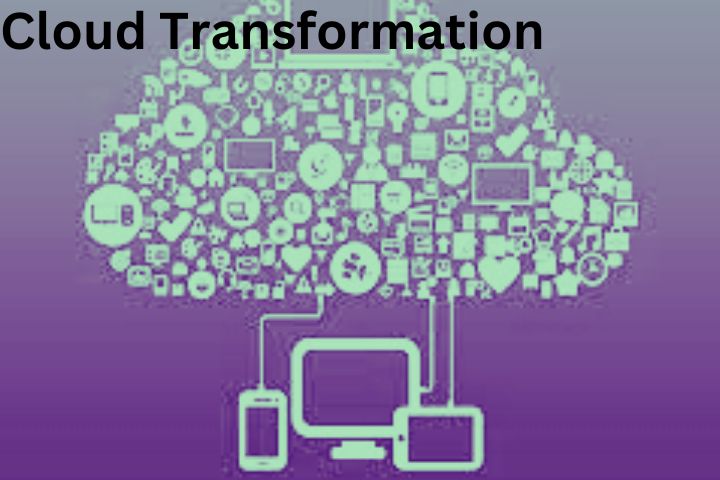
Hardly any industry is as competitive as Retail: Market competitors and framework conditions create great pressure, while the margins are comparatively small. And the corona pandemic, supply chain problems, e-commerce and the need for an omnichannel presence, geopolitical upheavals, inflation, and the energy crisis have reshuffled the cards once again. Retailers and consumer brands must adopt a digital-first strategy in this situation. Flexibility and speed are the greatest success factors here.
Digital-First is non-negotiable
Classic retailers and brands must reinvent their business quickly and with limited resources. There are more than enough approaches: from the customer interface to automated warehouses to requirements planning and accounting. There is no way around “digital-first” to overcome the challenges. They are adaptable, direct, efficient, and meet the needs of most customers.
Many companies are taking advantage of the cloud here. According to a study, leading Retail and consumer goods companies have simultaneously increased revenue and accelerated growth by moving to the cloud. The research found that “cloud leaders” — the top 20 percent in cloud maturity — achieved 100x greater return on investment than cloud entrants.
Retailers increase sales and profit margins.
A reason for latecomers to throw in the towel? Not. Because Retail has the lowest profit margin of any industry, even a small improvement from the cloud can translate into significant results. At the beginning of the transformation, those surveyed primarily saw financial advantages in using the cloud, ranging from improved profitability (53 percent) and falling costs (49 percent) to increasing income (46 percent). In addition, after two years, they expect the greatest improvements in their reputation and brand, as well as in enterprise value and carbon footprint.
Digital First: Insights for cloud use in Retail
But even if the drivers and goals of cloud use differ, there are similarities. Analyzing the best practices of cloud-savvy retailers and consumer brands. According to a study, three key findings for the successful use of the cloud emerged:
Develop a cloud strategy that fits the corporate strategy:
A good percentage of the companies surveyed recognized the cloud’s importance in making processes more flexible and efficient. 51 percent find that the cloud can improve their business continuity and resilience. To achieve the greatest ROI, executives have developed a cloud strategy in alignment with their business strategy, defined goals, and success metrics, and identified cloud applications with the greatest impact.
Improve customer experience and employee productivity:
Improving the customer experience is essential to stand out from the crowd of providers. That’s why leading consumer brands and retailers use the cloud to create benefits around people. The focus is on customer satisfaction and employee productivity. These are two key success factors in an industry with low margins and high labor costs. Customer satisfaction can be ensured with a cross-channel customer experience.
This omnichannel presence offers advantages on both sides: on the one hand, offers such as click-and-collect or click-and-return increase the customer experience by linking the online and offline presence. This is another reason why 55 percent of those surveyed state that customer experience in the cloud is one of their most effective business applications. On the other hand, it streamlines work processes and makes inventory management in retail stores and warehouses more efficient.
Create intelligent and networked processes in IT operations:
Almost half of brands and retailers have improved their planning and decision-making through cloud investments, often in combination with modern technologies such as AI, automation, data analytics, and IoT. These technology clusters and the cloud have a multiplier effect on IT organizations and can help reinvent businesses and their value creation. For example, 80 percent of top cloud companies (compared to 57 percent overall) use AI in the cloud and report improvements in planning and decision-making.
Digital First: Reach customers across channels
Digital-First is also the new normal in Retail: Digital business models have come through crises more stable and can be more easily adapted to changes. In addition, retailers and consumer brands can score more than ever with a high-quality customer experience and new customer touchpoints. Digital channels do a good job here, for example, for omnichannel and direct-to-customer strategies, including customer loyalty. The omnichannel approach offers the possibility of reaching customers across channels and thus makes a decisive contribution to the customer experience. A flexible tech stack is crucial for implementing new IT tools quickly and efficiently.
Executives use the cloud as the foundational platform for business growth and transformation. The decision is no longer just a question between Capex and Opex. To take advantage of digital technologies such as AI and machine learning and create customer-centric experiences, they need computing power, capacity, and the ability to analyze data in the cloud.









